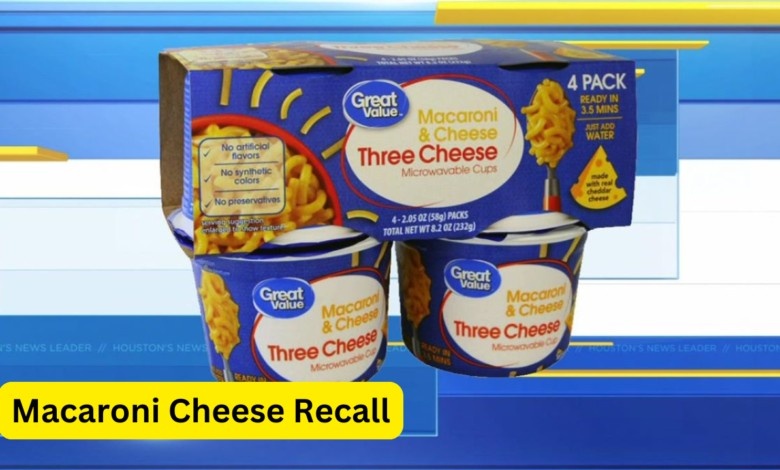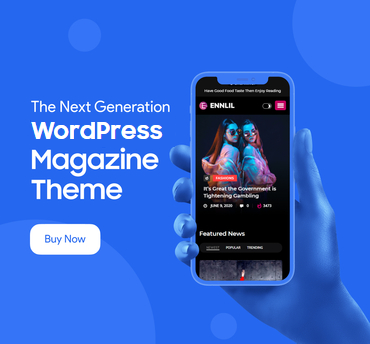
Minecraft, the sandbox game that has captivated millions since its release in 2011, is no longer just a game. As one of the best-selling video games of all time, Minecraft’s influence has permeated popular culture, education, and technology. Now, with a strategic plan to expand its revenue streams beyond the traditional gaming industry, Minecraft is poised to become an even more formidable force in various sectors. This article explores how Minecraft is diversifying its revenue, leveraging its brand, and innovating to sustain its growth in the long term.
Educational Platforms and E-Learning
One of the significant areas where Minecraft is making strides is in education and e-learning. Minecraft: Education Edition is a prime example of how the game is being utilized as an educational tool. This edition is tailored specifically for classroom use, offering educators a platform to teach subjects such as mathematics, history, and computer programming in an engaging, interactive manner.
Key Features of Minecraft: Education Edition:
- Curriculum Integration: Lessons are designed to align with educational standards and curricula worldwide.
- Interactive Learning: Students learn by doing, exploring, and solving problems in a virtual environment.
- Collaboration and Creativity: The game encourages teamwork and creativity, essential skills for the modern workforce.
The revenue potential here is substantial, with schools and educational institutions subscribing to the service, purchasing licenses, and participating in professional development programs. This diversification into education not only broadens Minecraft’s market but also reinforces its brand as an innovative, forward-thinking entity.
Merchandising and Brand Partnerships
Beyond the digital realm, Minecraft’s merchandising efforts have been immensely successful. The game’s iconic characters and elements have been transformed into a plethora of products, ranging from action figures and clothing to home décor and LEGO sets. This physical presence in the market helps solidify Minecraft’s brand and extends its reach to fans who might not even play the game.
Strategic Brand Partnerships: Collaborations with other well-known brands have expanded Minecraft’s visibility and market penetration. For instance, partnerships with LEGO have resulted in popular Minecraft-themed LEGO sets, combining two powerful brands and appealing to a broad audience.
Merchandise Lines: The extensive range of Minecraft-themed merchandise ensures that the brand is omnipresent. This includes apparel, toys, school supplies, and even home goods, allowing fans to integrate Minecraft into various aspects of their lives.
Content Creation and Community Engagement
Minecraft’s success can be attributed in part to its vibrant community of content creators. Platforms like YouTube and Twitch are flooded with Minecraft content, ranging from gameplay tutorials and mod showcases to elaborate build projects and storytelling series. Recognizing this, Minecraft has taken steps to monetize and support this ecosystem.
Monetization of User-Generated Content: By providing tools and platforms for players to create and sell their own content, such as skins, textures, and maps, Minecraft generates revenue while fostering creativity within its community. The Minecraft Marketplace is a prime example, where players can purchase content directly within the game.
Community Engagement Initiatives: Regular events, contests, and updates keep the community engaged and invested in the game. This continuous interaction not only sustains player interest but also encourages user-generated content, driving further revenue.
Virtual and Augmented Reality Ventures
As technology advances, virtual reality (VR) and augmented reality (AR) are becoming increasingly relevant. Minecraft is at the forefront of this shift, exploring how these technologies can enhance the gaming experience and open new revenue streams.
Minecraft VR: Compatible with various VR headsets, Minecraft VR offers an immersive gaming experience that brings players closer to their virtual creations. This venture taps into the growing VR market and offers a premium experience that can command higher prices.
Augmented Reality Applications: Minecraft Earth, an AR mobile game, allows players to build and explore Minecraft creations in the real world. Although it was discontinued, its initial popularity demonstrated the potential for AR applications. Future projects may explore similar concepts, integrating AR with real-world activities and further diversifying Minecraft’s revenue.
Media and Entertainment Collaborations
Minecraft’s influence in media and entertainment extends beyond the game itself. The game’s unique aesthetic and cultural impact have paved the way for various media collaborations, including movies, TV shows, and web series.
Minecraft: The Movie: Announced to be in development, the Minecraft movie aims to bring the game’s world and characters to the big screen. Such a project not only generates direct revenue through box office sales but also boosts merchandise and game sales through renewed interest in the brand.
Television and Web Series: Animated series and web content related to Minecraft have been explored, appealing to younger audiences and ensuring that the brand remains relevant across different media platforms.
Expanding into New Markets
International Expansion: Minecraft’s reach is truly global, but there are still untapped markets with significant potential. By localizing content and forming partnerships with regional companies, Minecraft aims to expand its presence in countries where it has yet to dominate.
Mobile Gaming: With the rise of mobile gaming, Minecraft has optimized its game for mobile devices, ensuring that it is accessible to a broader audience. Minecraft’s mobile version, Minecraft Pocket Edition, has been a significant revenue generator, particularly in regions where mobile gaming is more prevalent than console or PC gaming.
Future Innovations and Investments
Looking forward, Minecraft’s parent company, Mojang Studios, and its owner, Microsoft, are likely to continue investing in innovative technologies and business models to keep Minecraft at the forefront of the gaming industry.
Artificial Intelligence and Machine Learning: Integrating AI and machine learning can lead to more personalized gaming experiences, dynamic content generation, and enhanced player interactions, creating new revenue opportunities.
Sustainable Practices: As sustainability becomes a crucial consideration, Minecraft is exploring ways to integrate eco-friendly practices within its game and merchandise production. This not only appeals to a growing demographic of environmentally-conscious consumers but also aligns with global sustainability goals.
Conclusion
Minecraft’s strategic plan for revenue diversification goes far beyond its roots as a mere video game. By venturing into education, merchandising, content creation, VR/AR, media collaborations, and new markets, Minecraft is positioning itself as a multifaceted brand with a robust and sustainable revenue model. As these efforts come to fruition, Minecraft’s influence and profitability are set to grow, solidifying its place not just in gaming history but also as a significant cultural and economic force.
Recent Comments

Macaroni Cheese Recall: Health Alert Issued for Contaminated Products

iPhone 16 Pro Max Price in Canada: What to Expect

CNN Expands Global Reach with Strategic Innovations

Kamala Harris: Shaping the Future of U.S. Politics

Amelia Bond Net Worth 2024 (Latest)

Warwick Davis Net Worth: Exploring the Life and Fortune of a Legendary Actor



